Introduction
If you’re still relying on gut instinct to understand how your employees feel, it’s time for a change. In 2025, businesses that win aren’t just the ones with the best products—they’re the ones with the most connected, committed, and motivated teams.
And how do successful companies keep their teams engaged? They ask.
Employee engagement surveys have evolved into powerful tools that go far beyond basic feedback forms. Today’s top platforms help you uncover what really drives employee satisfaction, pinpoint areas for improvement, and guide smarter decision-making based on real-time sentiment and behavior insights.
But with dozens of tools available—each promising smarter features, slicker dashboards, and more accurate data—it can be tough to know where to begin.
That’s why we’ve rounded up the best employee engagement survey tools available today. From AI-powered pulse checks to customizable surveys and Slack-integrated platforms, this guide will help you find the right solution to boost morale, retention, and overall workplace happiness.
Let’s explore how these tools can help you stop guessing and start truly listening.
Why Engagement Surveys Matter More Than Ever?
These days, people at work want more than just a salary—they’re looking for purpose, support, the chance to be heard, and most importantly, to feel appreciated. Engagement surveys help companies tap into this sentiment. It’s no longer about guesswork or yearly check-ins. Instead, organizations are using frequent and dynamic surveys to stay in tune with their teams.
Here’s why they matter:
- They highlight blind spots: Leadership might think everything’s running smoothly, but surveys often reveal underlying issues.
- They show employees that their voice counts: Even asking the right questions builds trust and transparency.
- They provide tangible data to guide change: Whether it’s about team culture or burnout levels, engagement surveys give direction.
Now that we’ve seen why engagement surveys are indispensable, let’s dive into what they actually measure.
What Do These Surveys Really Measure?
At their core, employee engagement surveys explore how connected and committed employees feel to their work and the organization. But the best tools go even further:
- Satisfaction with daily responsibilities
- Alignment with company mission and values
- Perceptions of leadership, trust, and communication
- Feedback on work-life balance and flexibility
- Belief in career growth opportunities
Consider exploring different tools available on TeamLease Digital‘s platform to find one that aligns with your organizational culture and needs.
Alright, let’s dig into the features that make a survey tool truly stand out.
Key Features of Effective Employee Engagement Survey Tools
Not all engagement tools are created equal. Some just offer a few templates, while others provide a full suite of analytics, feedback loops, and cultural diagnostics.
Let’s break down the must-have features of a quality employee engagement survey tool:
1. Expert-Built Templates and Customization Options
Having a set of expertly designed questions makes life easier. These templates are often grounded in behavioral science, ensuring you ask what matters most. But customization is key—every company is different, so being able to tweak the wording, tone, or focus is a big plus.
Pro Tip: Look for tools that allow logic-based question flows—where the next question depends on the employee’s previous response.
2. Powerful Sentiment Analysis and Action Planning
Modern survey tools come packed with AI-powered engines that not only collect responses but interpret them. They scan open-ended answers for emotional tone, flag critical issues, and suggest action items.
Imagine getting an automated list of “top 5 areas to improve” based on 1,000 responses. That’s the power of sentiment analysis.
3. Seamless Integrations with Daily Workflow Tools
Let’s face it—no one wants to log into a separate platform just to fill out a survey. Engagement tools that integrate with Slack, Microsoft Teams, Google Workspace, or your HRIS systems make participation frictionless.
Some tools also offer chatbots that ask questions conversationally inside Slack, boosting participation rates and making it feel less like a survey.
4. Role-Based Access and Dashboards
Managers don’t need access to company-wide survey data—but they do need visibility into their team’s feedback. The best tools offer role-specific dashboards so that team leads, department heads, and executives see only what’s relevant to them.
5. Automation and Recurrence
Set it and forget it. Top tools let you schedule recurring pulse surveys, quarterly check-ins, or annual engagement audits. You can even set reminders and auto-follow-ups to improve response rates.
TeamLease Digital‘s extensive marketplace offers tools with role-based dashboards that cater to various company structures.
So, what’s the game plan for finding the right fit? Well, let’s dive into the top options and see what they bring to the table.
Top Employee Engagement Survey Tools
Here’s a detailed look at some of the most effective employee engagement survey tools in 2025:
1. Deel
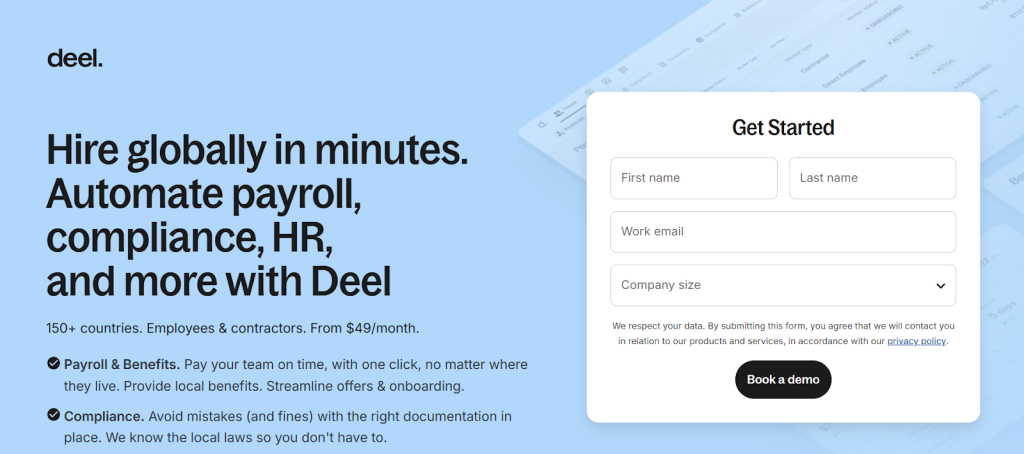
Best for: Multinational teams needing multilingual and localized feedback tools
Overview:
Deel, initially renowned for its global HR and compliance solutions, has expanded into the employee engagement arena with its Deel Engage platform. This tool is tailored for organizations with distributed workforces, offering multilingual surveys and region-specific insights.
Standout Features:
- Supports over 50 languages
- Integration with Slack and MS Teams for survey delivery
- Auto-scheduling of recurring pulse checks
- Regional benchmarks and insights
Pros:
- User-friendly interface
- Comprehensive global compliance features
- Efficient payroll and HR functionalities
Cons:
- Higher pricing compared to some competitors
- Limited customization options in certain modules
2. Eletive
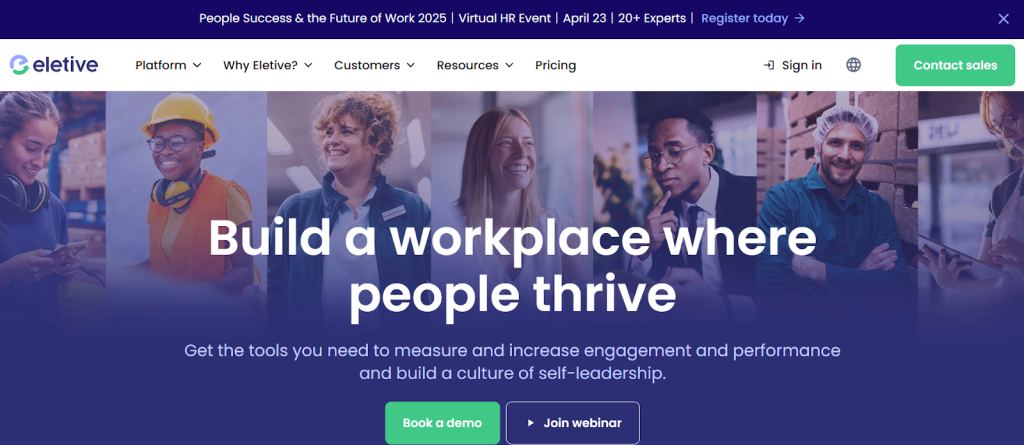
Best for: Companies needing visual insights and real-time response tracking
Overview:
Eletive offers a science-backed platform that emphasizes real-time analytics and employee self-leadership. Its intuitive dashboards and heatmaps enable HR teams to proactively address engagement issues.
Key Strengths:
- Real-time pulse surveys
- Emotional heatmaps
- Anonymous suggestion box
- Manager coaching guides based on team scores
Pros:
- User-friendly and easy to implement
- Emphasis on self-leadership and active employeeship
- Comprehensive analytics for proactive engagement strategies
Cons:
- Limited integrations compared to some competitors
- Customization options can be restrictive in certain areas
3. ThriveSparrow
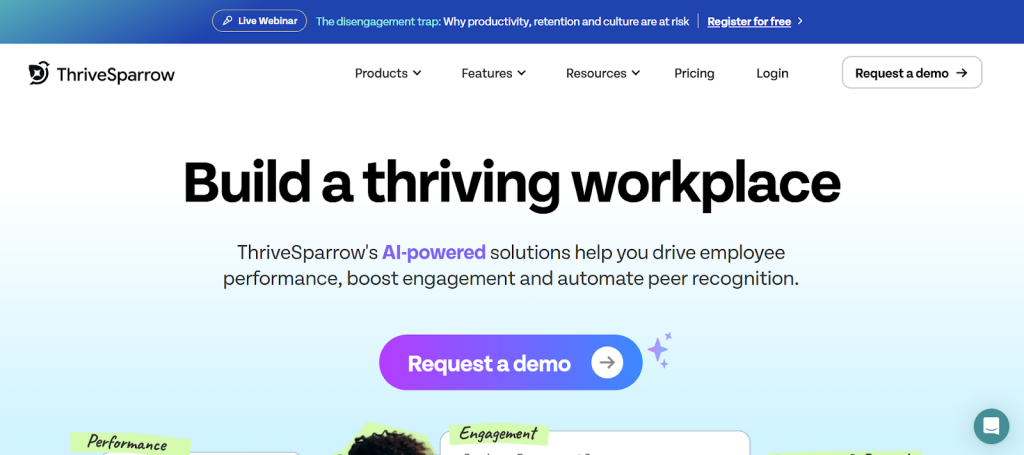
Best for: Companies that want to combine recognition with engagement
Overview:
ThriveSparrow seamlessly integrates employee engagement surveys with peer recognition tools, fostering a culture of appreciation and continuous feedback.
Notable Features:
- Peer-to-peer recognition and kudos wall
- Sentiment insights with AI-driven summaries
- Anonymous engagement scoring
- Pulse surveys with visual dashboards
Pros:
- Intuitive UI/UX
- Exceptional customer support
- Highly customizable survey tools
Cons:
- Limited integrations with other platforms
- Lacks robust 1:1 meeting management features
4. Lattice
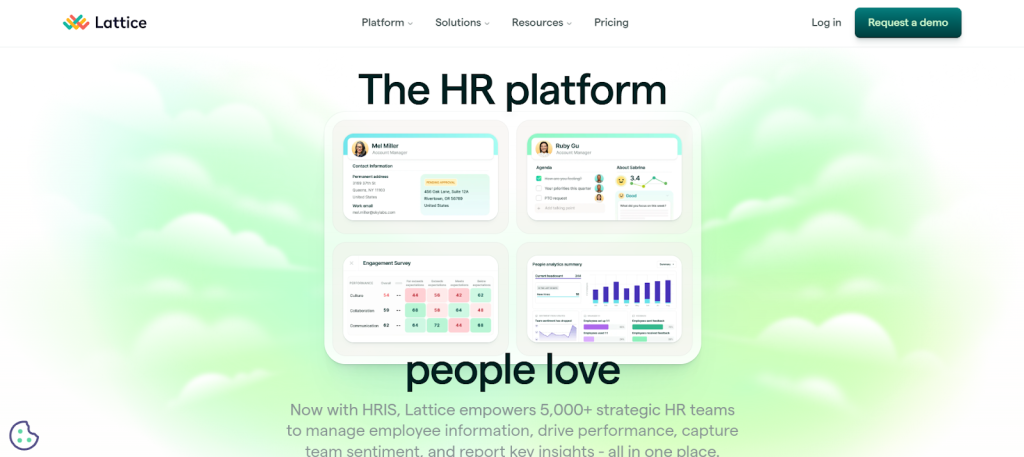
Best for: Data-driven HR teams who love connecting engagement with performance
Overview:
Lattice is a comprehensive people management platform that bridges the gap between performance management and employee engagement. It offers tools that align survey data with performance reviews, career development plans, and feedback loops.
Platform Highlights:
- Customizable, research-backed templates
- Integration with performance review cycles
- Automatic scheduling and reminders
- Cross-comparison with OKRs and performance data
Pros:
- User-friendly interface
- Seamless integrations with tools like Slack and Teams
- Robust analytics and reporting features
Cons:
- Limited customization in certain modules
- Some users find the learning curve steep
5. Officevibe
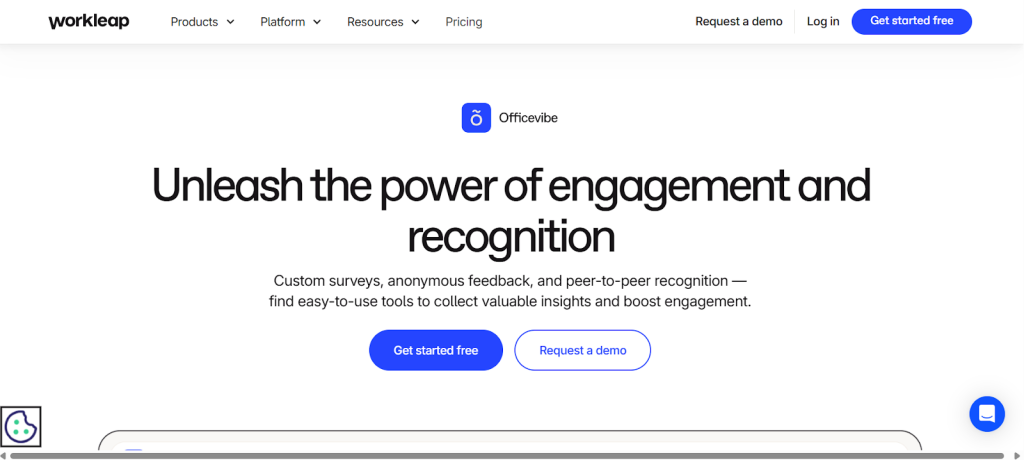
Best for: Startups and SMEs seeking simple weekly pulse checks
Overview:
Officevibe keeps surveys lightweight and continuous. Weekly anonymous questions give managers a consistent look into how their teams are doing. It’s easy to use, easy to deploy, and packed with feedback coaching tools.
Core Benefits:
- Weekly pulse surveys
- Anonymous feedback loops
- Team trend reports and improvement tips
- Coaching guides for frontline managers
Pros:
- User-friendly interface
- Real-time feedback collection
- Actionable insights for managers
Cons:
- Limited customization options
- Some users report challenges with data export
6. Culture Amp
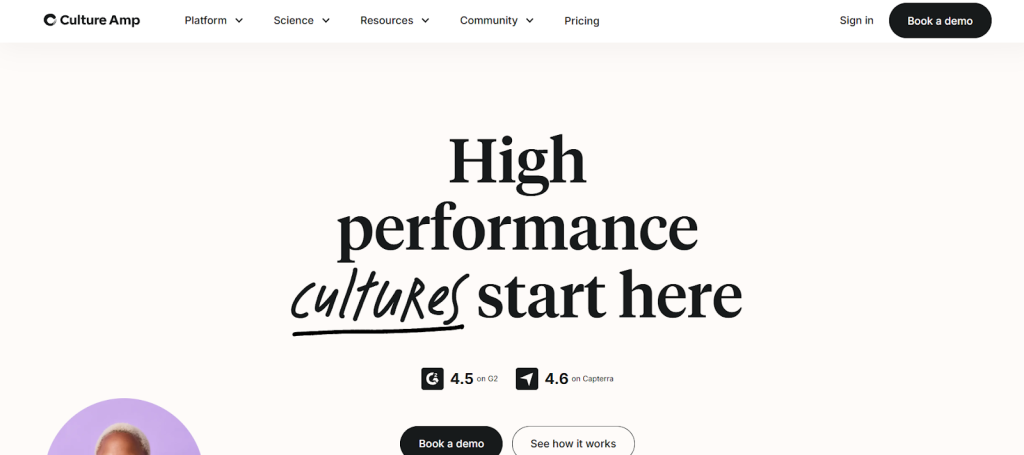
Best for: Fast-scaling organizations that need lifecycle-based engagement
Overview:
Culture Amp is trusted by companies around the globe for its deep analytics and holistic engagement approach. From onboarding to exit interviews, this platform tracks how employees feel across the full journey.
Key Features:
- Engagement surveys tied to lifecycle events
- Extensive benchmarking tools
- Manager learning paths based on feedback
- Pulse and deep-dive surveys available
Pros:
- Comprehensive survey tools
- Robust analytics and reporting
- User-friendly interface
Cons:
- Higher pricing for smaller organizations
- Some users report limited customization options
7. Peakon (by Workday)
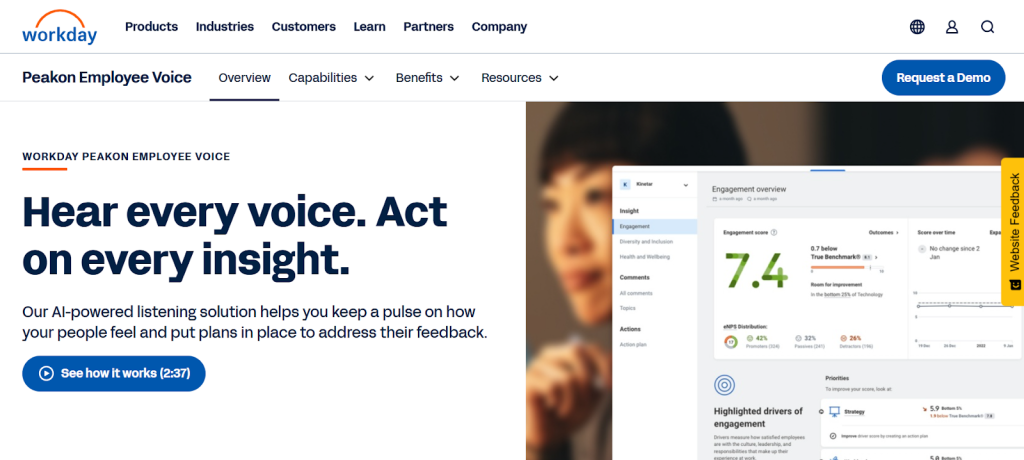
Best for: Enterprise-level engagement insights with predictive analytics
Overview:
Peakon helps large organizations manage engagement at scale. It continuously gathers feedback, identifies patterns, and suggests actions through a combination of machine learning and sentiment tracking.
Top Features:
- Continuous listening and feedback collection
- Sentiment trend prediction
- AI-powered text analysis
- Integration with Workday for HR analytics
Pros:
- Comprehensive analytics
- Real-time feedback collection
- Scalable for large organizations
Cons:
- Complex setup and configuration
- Some users report challenges with data interpretation
8. 15Five

Best for: Organizations wanting to build a feedback-first culture
Overview:
15Five combines engagement, performance management, and growth planning in one streamlined tool. It enables regular check-ins, 1-on-1 meetings, and recognition while capturing employee sentiment.
Core Tools:
- Pulse surveys and engagement tracking
- High Fives peer recognition
- Manager-employee check-ins
- Custom survey creation
Pros:
- Intuitive interface
- Comprehensive performance management features
- Strong customer support
Cons:
- Limited advanced analytics
- Some users desire more customization options
9. TINYpulse
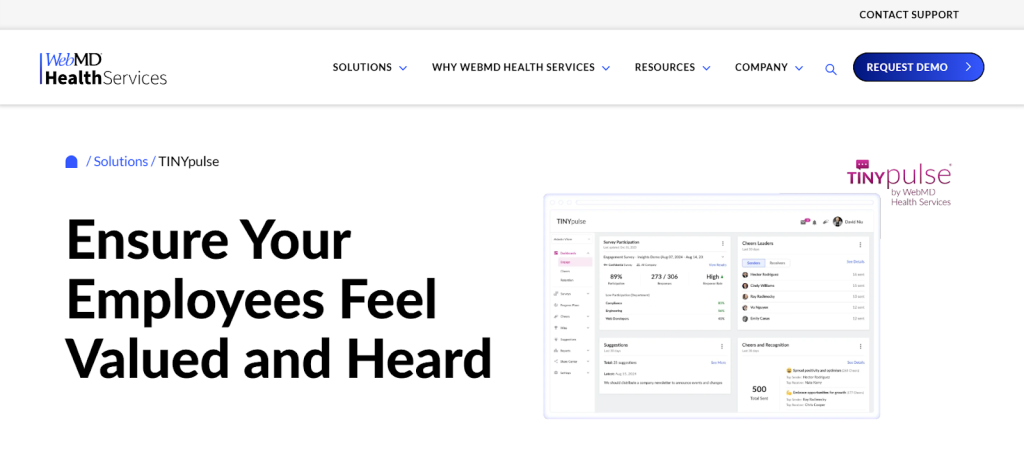
Best for: Companies that want quick, anonymous insights with low friction
Overview:
TINYpulse stands out for its simplicity. It sends short weekly surveys that keep employees engaged without overwhelming them. Its real-time alerts help managers catch morale issues before they snowball.
Product Highlights:
- One-question pulse surveys
- Anonymous suggestion box
- Cheers for Peers recognition tool
- Admin alerts for low scores
Pros:
- Easy to implement and use
- Encourages continuous feedback
10. Qualtrics EmployeeXM

Best for: Enterprises requiring high customization and deep analytics
Overview:
Qualtrics EmployeeXM is one of the most robust and comprehensive employee engagement platforms available, making it an ideal choice for large organizations with complex needs. Leveraging AI-driven insights and predictive modeling, it offers highly customizable surveys, sophisticated analytics, and real-time feedback management. This tool is built for advanced HR teams looking for in-depth analysis and actionable insights across a global workforce.
Key Features:
- Custom surveys with complex logic and branching for tailored responses
- AI-powered text analysis to extract meaningful insights from open-ended feedback
- Real-time dashboards that provide instant visibility into engagement trends and metrics
- Automated workflows to ensure timely follow-up and resolution of feedback
- Predictive modeling that helps forecast future engagement trends based on current data
- Integration with other HR tools and systems for a seamless experience
Pros:
- Highly customizable surveys with advanced logic to capture specific insights
- AI-driven analysis that turns open-ended responses into actionable data
- Comprehensive reporting and real-time dashboards for data-driven decisions
- Scalable for large organizations and multinational teams
- Predictive analytics help in anticipating future trends, enabling proactive actions
Cons:
- Can be overwhelming for smaller organizations due to its complexity
- Higher pricing tier, which might be less cost-effective for smaller teams
- The learning curve can be steep for new users, especially when utilizing advanced features
TeamLease Digital‘s marketplace hosts many of these top tools, making it easier for you to compare and choose the right fit.
Got your tool of choice? Here’s how you turn those insights into action.
Using Engagement Surveys to Drive Improvement
Collecting feedback is just the beginning—what you do with that data is where the real magic happens. Engagement surveys offer valuable insights into how your employees feel, what they need, and where your organization may be falling short. But to turn responses into real results, you need a thoughtful strategy.
This section breaks down how companies can translate survey findings into meaningful action, enhance workplace culture, and drive continuous improvement across all levels.
Step 1: Analyze Results Deeply
Look beyond surface numbers. Which questions show the widest spread in answers? Where is sentiment most polarized? Are there contradictions (e.g., high job satisfaction but low trust in leadership)?
Step 2: Create an Action Plan
Assign team-specific action items based on feedback. If one department scores low in recognition, brainstorm ways to introduce shout-outs, kudos walls, or celebration rituals.
Step 3: Communicate Transparently
Always share key findings and next steps. Let employees know their voice made a difference. This builds trust and increases future participation.
Step 4: Re-measure
Don’t just act once and stop. Re-run pulse surveys regularly to check if your changes are working.
Now that we’ve laid down the strategy, let’s get into the nitty-gritty of crafting impactful surveys.
Tips for Conducting Better Surveys
Creating an effective employee engagement survey involves more than asking the right questions. It’s about making the process user-friendly, ensuring participation, and gathering actionable insights. Here are some quick tips for running better surveys:
1. Clarify the Purpose
Explain why the survey is being conducted and how feedback will be used. When employees understand the importance of their input, they’re more likely to engage.
2. Keep It Short
Limit the survey to 10-15 minutes to maintain focus and increase response rates. Prioritize questions that directly impact the company and employee experience.
3. Ensure Anonymity
Guarantee that responses are anonymous to encourage honest feedback. This builds trust and encourages employees to be open.
4. Use Various Question Types
Incorporate a mix of multiple-choice, rating scales, and open-ended questions to gather diverse insights and keep the survey engaging.
5. Make It Mobile-Friendly
Ensure the survey is accessible on all devices, especially for remote teams or those who may prefer to complete it on their phones.
6. Pilot the Survey
Test the survey with a small group to identify any issues with question clarity or technical glitches before sending it to the wider team.
7. Provide Incentives
Offer small incentives like gift cards or extra time off to boost participation rates and make employees feel appreciated.
8. Follow Up
Share the results with your team and outline how you plan to act on their feedback. This shows that their opinions are valued and encourages future participation.
9. Regularly Conduct Surveys
To track progress, make surveys a regular practice. Conducting them quarterly or biannually provides a consistent measure of employee engagement.
Platforms found on TeamLease Digital ensure mobile compatibility, enhancing the ease of response for all employees.
Conclusion
The best companies aren’t just the ones with ping pong tables and unlimited PTO. They’re the ones who listen. The right employee engagement survey tool helps you do exactly that—listen, learn, and act with purpose.
Looking for the perfect engagement tool for your HR stack?
Explore TeamLease Digital, Asia and the Middle East’s largest HR technology marketplace. With faster load times, curated solutions, and a one-stop platform built for HR professionals in the UAE and Saudi Arabia, TeamLease Digital makes it easy to discover and compare the best tools—all in one place.
Visit TeamLease Digital today and find the solutions that fit your team’s needs. Empower your HR strategy with tech that actually works.

